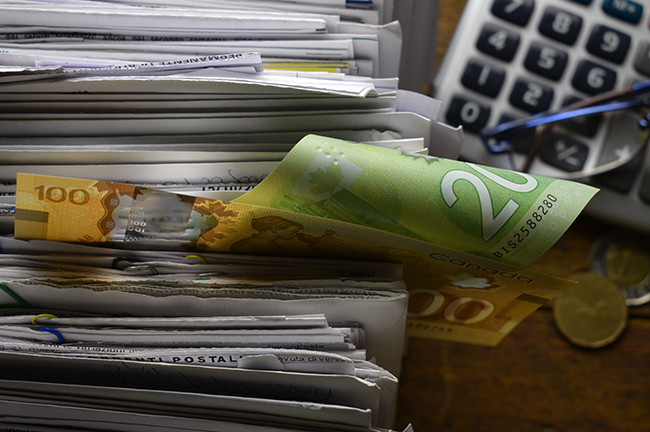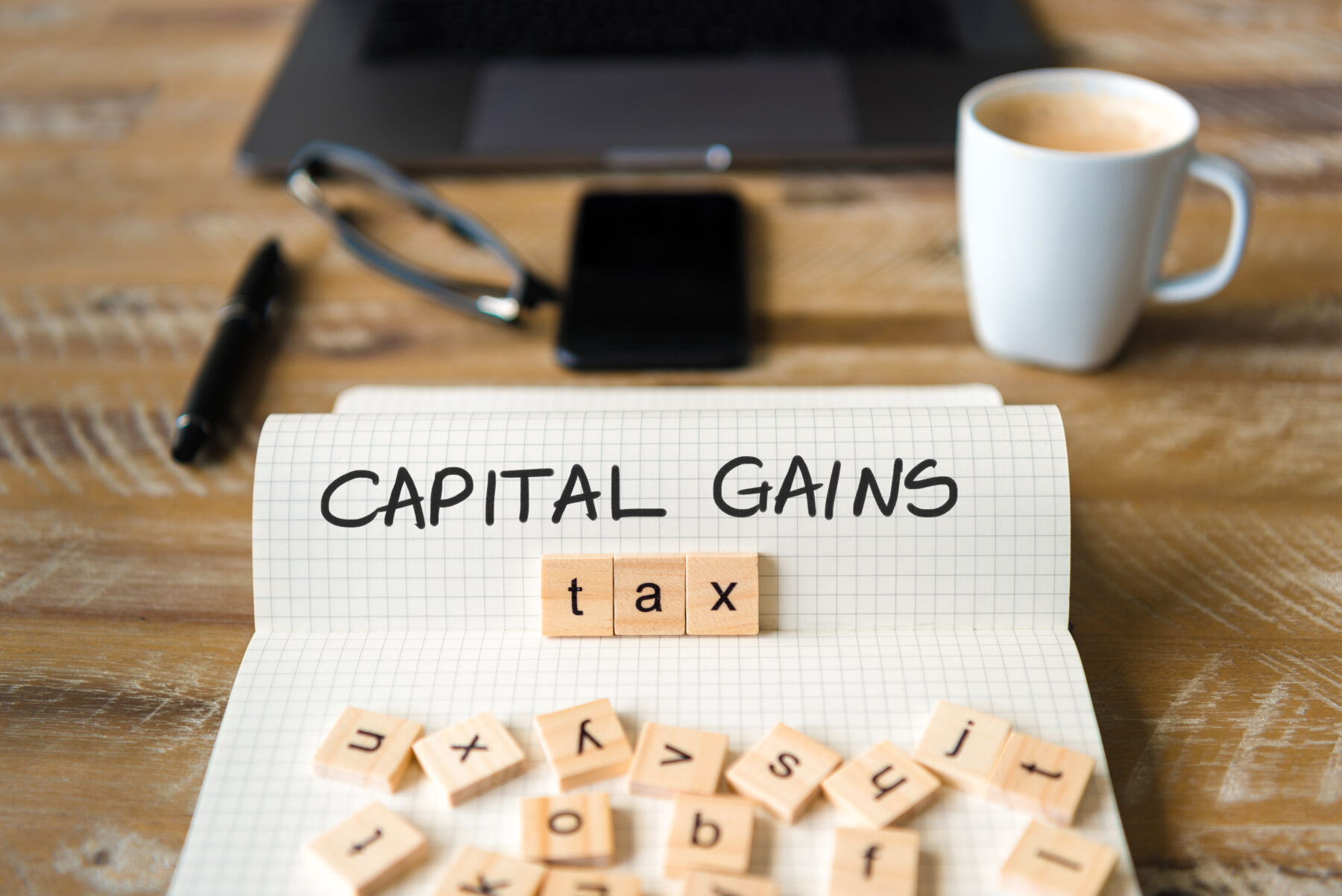I need to value my business, where do I start? Can the financial statements give me the number I need?
The shares held in your business are likely one of the largest assets you have. You may have spent years nurturing the business, building up its products and markets, developing its management team, and demonstrating profitability. As a result, putting a value on this business should not be taken lightly.
The short answer to the above noted question is…..”probably not”. There is a significant difference between a valuation report prepared to value the shares of a business and the financial statements of that business. The reason there is a difference is relatively simple; financial statements are not intended to place value on a business, but rather capture the historical transactions that the company has engaged in. A valuation report does what its name implies; it values the business based on future potential and opportunity.
In order to understand the difference, a brief explanation of each helps to remove some of the mysteries.
Financial Statements
Financial statements of any particular company typically have the following:
- A balance sheet, listing the original or depreciated cost of all assets held by the business, the liabilities it owes, and the equity which was injected or retained in the business, all at a specific date.
- A statement of operations, showing the revenues and expenses of the company for the last fiscal period, which is typically one year.
- A statement of cash flows, showing how the cash flows generated in the operations were utilized, and their impact on the balance sheet.
Valuation Report
A valuation report represents a Chartered Business Valuator’s professional judgement as to the value of the business. This value will be based on either the fair market value of the assets, less the liabilities, or a capitalized value of the cash flows the company is anticipated to generate in the future. It takes into account the future earnings potential of the business, and assesses the risks associated with generating those earnings.
The Pitfalls of Using Financial Statements
The primary issue we are dealing with when utilizing financial statements is that they are dealing with historical amounts. The balance sheet will list amounts at “book value”, which may or may not bear any resemblance to the actual fair market value of the assets or liabilities. At times, some advisors may assume that the “Shareholders Equity” or “Retained Earnings” amount is a reasonable representation of the fair market value of the business, as it represents the difference between the book value of the assets owned and the liabilities owed. However, there are a number of items which must be considered:
- Are the current assets, including accounts receivable and inventory properly valued? Are there items that are not reported (crop in the field, yearling calves, gravel pits, parts inventories, etc.)?
- Is the original cost of the land and the depreciated cost of the building and equipment really representative of the fair market value?
- Are there any environmental issues associated with any of the assets? Reclamation costs required?
- Does the company have “investments” and does this cost have any correlation with fair market value?
- Are there any subsidiaries, the values of which are not properly reflected in the initial nominal share issuance?
- What about the inherent tax impacts of any of the above-noted adjustments? Are these taken into account on the historical balance sheet?
- Are all liabilities properly recorded?
- Is there any unrecorded deferred compensation which may become payable?
- Are there share option agreements or convertible debentures that would have a significant impact on the number of shares outstanding, and hence share value?
The answers to these questions can dramatically change the amount which would be considered the fair market value of the company’s shares. And that’s before we even discuss the major game changer, namely:
- Are there intangible assets carried on the balance sheet? If so, does this amount represent the actual fair market value of customer lists, intellectual property, general goodwill, etc.?
Intangible Value and Goodwill – Does it Exist?
Intangible value, commonly referred to as Goodwill, is one of the most misunderstood concepts in valuation theory. Put simply, the value of goodwill can be summarized as follows:
What am I willing to pay to get control over a business which generates cash, taking into account the risks associated with generating that cash…
…less…
The fair market value of the net assets necessary to generate those cash flows.
Financial statements will not identify this amount; they will simply identify the value of intangible assets or goodwill which has been purchased in past transactions. In most businesses, goodwill is developed over time and is as a result of years of profitable operations, or the development of products or services which create a barrier to entry into the marketplace. If it has never been purchased, it will never show up on the financial statements. As a result, analysis of the financial information is necessary to determine if intangible value or goodwill exists, and if so, how much.
When preparing a valuation report, this is one of the key areas of focus. Determination of the sustainable earnings of the company is made by considering both the historical and projected operating results, taking into account “normalization adjustments” which are intended to adjust the earnings for items which are not considered recurring. These potential earnings are then “capitalized” by applying a rate of return or multiple, determining the total value of the enterprise. This total value is then compared to the fair market value of the assets employed to determine if any intangible value or goodwill exists. A significant amount of work and expertise may be required to normalize the earnings, determine the risk factors, understand the products and services offered, and take into account industry and market conditions to determine total value.
What does it all mean?
In the end, be very careful about using the financial statements to assist in determining value. At times, the financial statements may actually be quite close to the fair market value however, this typically relies upon more luck than skill. There are a number of factors which must be taken into account and only by considering all the factors are you to determine a value that can be utilized in a fair and equitable solution.
Don’t be afraid to consult a Chartered Business Valuator for guidance. We are only a phone call away, and will typically be able to assess your needs quickly.


